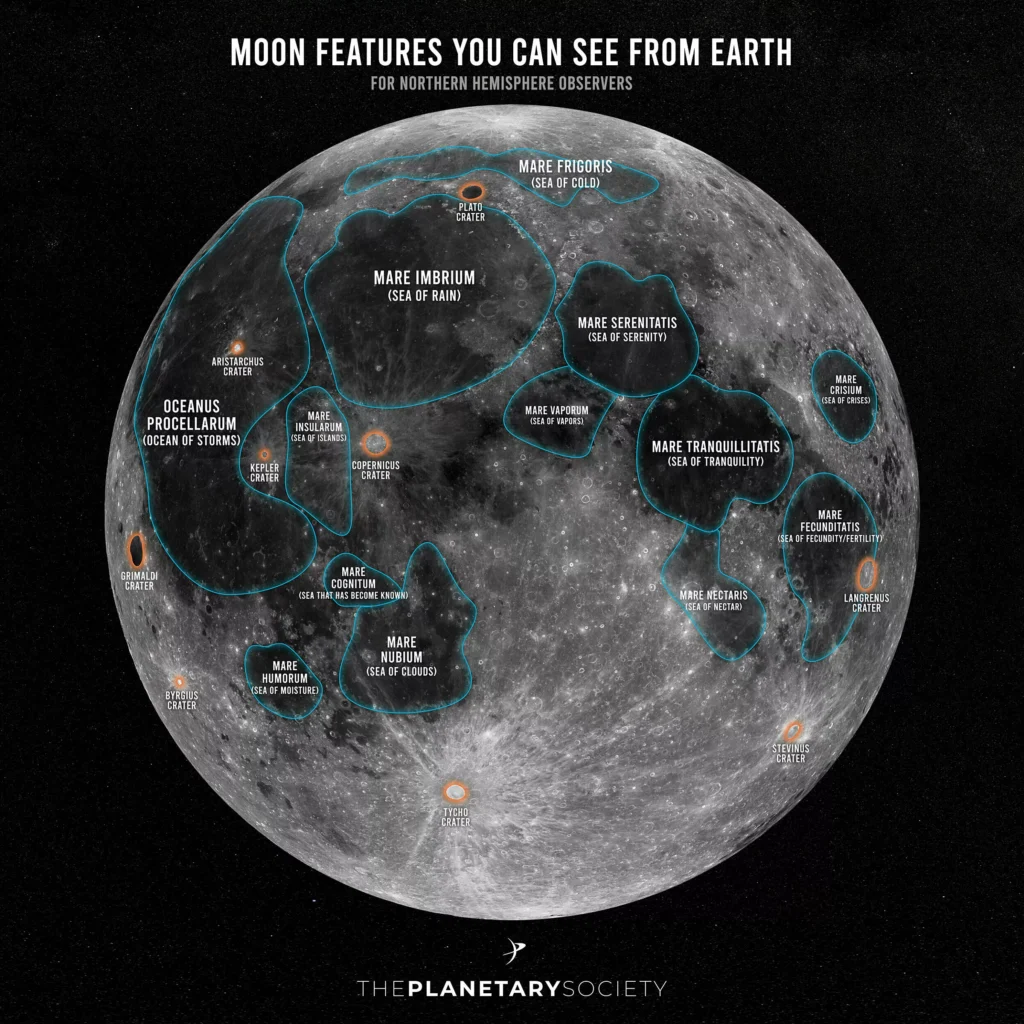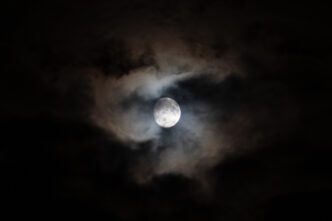Moon lovers unite. On Oct. 4, people from across the world will look to the skies to appreciate the same celestial body. From nursery rhymes like “Hey Diddle Diddle” to the childhood classic “Goodnight Moon,” the moon is often the first astronomical object people can identify in the night sky thanks to its size and brightness.

To help readers make the most of International Observe the Moon Night, David Connick, a senior lecturer in the Clemson University Department of Physics and Astronomy, discusses some things to know and look for when observing the moon.
On Earth, we see different phases of the moon based on its alignment with the sun. A new moon is when the moon is between the Earth and the sun, making the moon invisible to us. These are the days when solar eclipses could occur. A full moon is when the moon is on the opposite side of the Earth from the sun and are when lunar eclipses can occur.
Waxing gibbous
Oct. 4 will be a waxing gibbous moon. This type of moon is special for a couple of reasons. It will rise at about 6 p.m. on the eastern horizon so it could be seen before the sun sets if the weather cooperates, Connick said.
The craters and ridges on the moon at the light/shadow boundary become especially visible to viewers because of the sideways angle of the sunlight. These ridges are less visible during full moon night when the sun is directly illuminating the face of the moon we see.
These craters are the result of meteors’ hitting the moon’s surface. The craters are more visible than those on Earth because the moon lacks the plate tectonics and erosion that could cover them up. “The craters are nicely preserved because no other processes erase the moon’s surface. On Earth, we have many other forces acting, so most craters don’t last very long,” says Connick.
Also unlike Earth, where many celestial bodies burn up when entering the atmosphere, asteroids are more likely to collide with the moon’s surface because there’s no atmosphere to protect the surface.
Dark spots
While observing the moon, viewers will notice dark spots left over from lava flow on its surface. Sometimes, people like to make shapes out of the dark spots on the moon, like constellations. Some of the more famous shapes are different faces and rabbits.
The side of the moon visible to Earth, or the “near side” of the moon, has had more volcanic activity than the “far side,” which is often referred to the “dark side” of the moon, which is not visible from Earth. The “dark side” is not actually dark at all; the sun hits it at different points during the moon’s cycle. It’s just that the farside of the moon faces away from Earth, so we can’t see it directly.
The best moon origin theory scientists have right now, based on samples collected from the moon, is that an asteroid about the size of Mars crashed into Earth as it was finishing its formation. This crash scraped crust off the Earth, and the crust became caught in the Earth’s orbit. This crust went on to become our moon, which has a composition similar to Earth’s during its formation.
Drifting away
When the moon first formed, it was much closer to Earth.
“Over thousands, millions, billions of years, the moon is actually drifting further away from us,” Connick explains.
When humans traveled to the moon during the Apollo missions, they set up mirrors to reflect lasers fired at the moon from Earth. These laser measurements allow scientists to track the movement of the moon in relation to Earth. Each year, the moon moves away from Earth by about three and a half centimeters due to gravitational effects between Earth and the moon. When the moon causes tides on Earth, the energy transfer has a countereffect resulting in drift away from Earth.
If you want to learn even more about the moon, go to this National Moon Day article.









